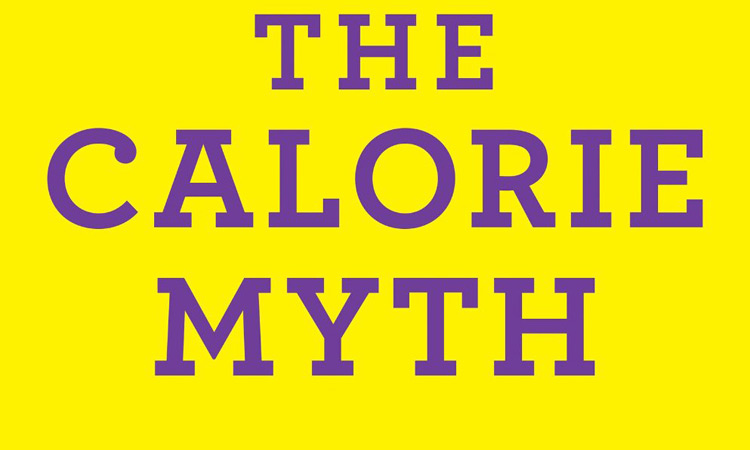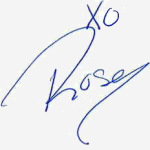 Like many people, I grew up believing that losing weight meant eating fewer calories and exercising more. When I heard that Jonathan Bailor challenges this concept in his book The Calorie Myth, I was interested to learn more. Bailor explains how people can lose or maintain a healthy weight while doing the opposite: eating more and exercising less.
Like many people, I grew up believing that losing weight meant eating fewer calories and exercising more. When I heard that Jonathan Bailor challenges this concept in his book The Calorie Myth, I was interested to learn more. Bailor explains how people can lose or maintain a healthy weight while doing the opposite: eating more and exercising less.
The formula “Calories In – Calories Burned Off = Weight Gain/Loss” was first introduced in the 70s, and has been reinforced in many of the popular fad diets and in the media. This myth is taken to the extreme in a show like The Biggest Loser, where participants are subjected to severe changes in what they eat and how they exercise. I was surprised to learn that approaching weight loss merely based on this calorie equation can actually sabotage long-term health and weight goals.
To prove his assertions, Bailor shares many credible scientific studies, including research done at Skidmore College on two groups of people, about half women and half men, ages 20 to 60. The first group had fewer calories of the Standard American Diet and did aerobic exercise 40 minutes per day six days a week. The second group ate more nutrient-dense foods and exercised 60% as much, doing high-intensity cardio and resistance training.
Both groups lost weight, but the second group, which followed Bailor’s SANE approach to dieting, reported a larger percentage decrease in body fat, belly fat, LDL cholesterol (“bad” cholesterol), and an increase in lean muscle.
Bailor encourages us to choose foods by following his SANE solution, which assesses foods based on:
Satiety: How quickly calories fill us up.
Aggression: How likely calories are to be stored as body fat.
Nutrition: How many vitamins, minerals, essential amino acids, essential fatty acids, etc., the calories provide.
Efficiency: How easily calories are converted to body fat.
There’s a big difference between 100 calories of sweets and 100 calories of greens. A salad is much more likely to fill us up quickly (satiety) than the candy is, and it’s packed with nutrients (nutrition). Whether our bodies store the food we eat as fat (aggression) and/or convert that food to fat (efficiency) has to do with hormones and neurotransmitters, including ghrelin, leptin, and serotonin.
I appreciated reading Bailor’s Five-Week Smarter Science of Slim Plan. With recipes and meal plans, it was designed to lower our set-point (the weight our bodies naturally gravitate to) and rev up our metabolism.
Bailor’s exercise plan was unexpected, because he asks us for just 20 minutes per week. Admittedly, I’m a bit skeptical that in only 10 minutes twice a week we can tone our body and burn fat, but I’m willing to give it a try. So if you are looking to rewire the way you think about losing or maintaining a healthy weight, this is another option to consider.

Rose Caiola
Inspired. Rewired.
Click here to find out more about Rose’s thoughts on wellbeing and health

